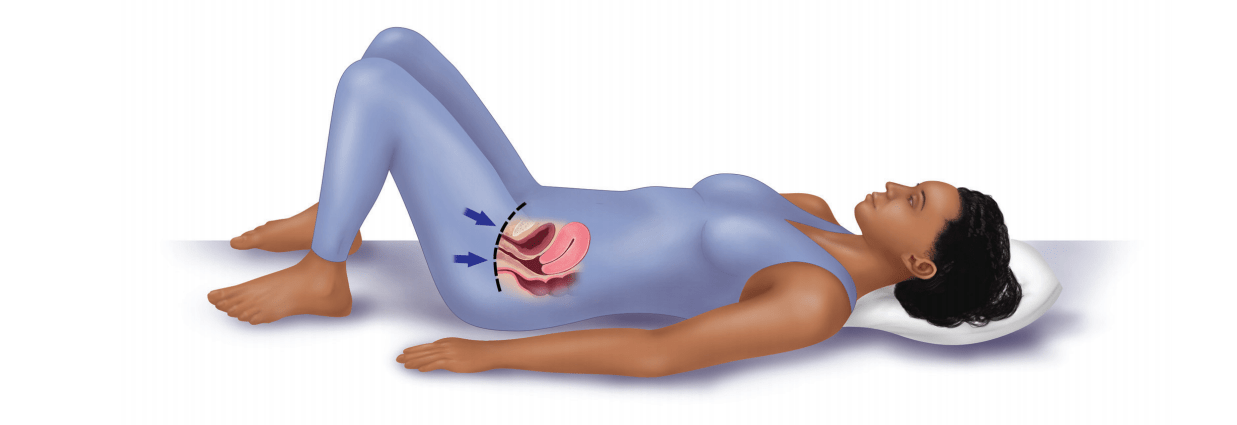3 exercises to strengthen your pelvic floor

OK ladies, here’s why moving more can save your pelvic floor
With open discussion about menopause now finally being normalised, it’s time to drag the topic of pelvic floor health out into the sunlight, too.
For way too long these two women’s health subjects have been whispered about in hushed, embarrassed tones – and certainly not in mixed company.
But now that the subject of menopause is finally enjoying its time in the sun, we feel that those with pelvic floor conditions should be given equal space. And here’s why.
Incontinence numbers don’t have to be so high
Here in Australia, women tend to experience high rates of incontinence and pelvic organ prolapse – with one in three women experiencing incontinence after pregnancy and half of all women experiencing some degree of pelvic prolapse during their lives.
But it doesn’t have to be this way, with a little bit of targeted exercise able to improve the strength – and health - of your pelvic floor. And it’s not just kegels. Exercises such as sit-to-stands, glute bridges and pelvic tilts are all helpful.
And please remember, you don’t have to have symptoms of bladder or bowel incontinence, decreased sexual sensation or signs of pelvic organ prolapse to get started. In fact, it’s never too early to start caring for your pelvic floor health.
3 exercises to strengthen your pelvic floor
Your pelvic floor consists of more than one muscle – and is in fact four of them, grouped together along with ligaments and fascia.
When your pelvic floor is low on tone and needs strengthening, it is called hypotonic. Here’s 3 exercises recommended for those needing to strengthen a hypotonic pelvic floor:
Quick-flick kegels: With quick-flick kegels, you need to practice quickly contracting your your pelvic floor. This strengthens the muscles and helps activate them faster to prevent leakage when laughing, coughing or sneezing.
Begin by lying on the floor with your knees bent and feet flat on floor. Exhaling, quickly contract and release your pelvic floor muscles. Repeat the quick flick 10 times, rest for then rest for 10 seconds. Repeat for 2 to 3 sets.
Heel slides: Still lying on your back with your knees bent and a neutral pelvis, you want to inhale deeply. Then as you exhale, lock in your core and slide your right heel in a forward position as far as you can without losing connection to your core. Stop, inhale an retract your leg back to starting position.
Repeat 10 times before switching legs.
Glute bridges: Lie on your back with your knees bent, feet flat on the floor, and your hands by your sides with your palms facing down. Squeezing your glutes and pelvic muscles, press your hips up toward the ceiling, lifting your butt off the floor. Be sure not to lift your hips up too high to prevent arching in the low back. Pause for a breath or two at the top and then bring your butt back down to the mat. Do eight to 12 reps.
Call Agility Rehabilitation today!
If you’re a new mum with a baby, are experiencing discomfort during sex, have had a hysterectomy or are concerned about urinary or bowel leakage, it’s important to discuss the need for an internal examination of your pelvic floor with your doctor.
We recommend a referral to us if together, you are concerned about any of the above and believe exercise is the way forward, or have been diagnosed with a prolapse and want to exercise safely.
For any questions on the issues discussed here today or any other subjects, please give our expert team at Agility Rehabilitation a call today on (08) 6162 8145.